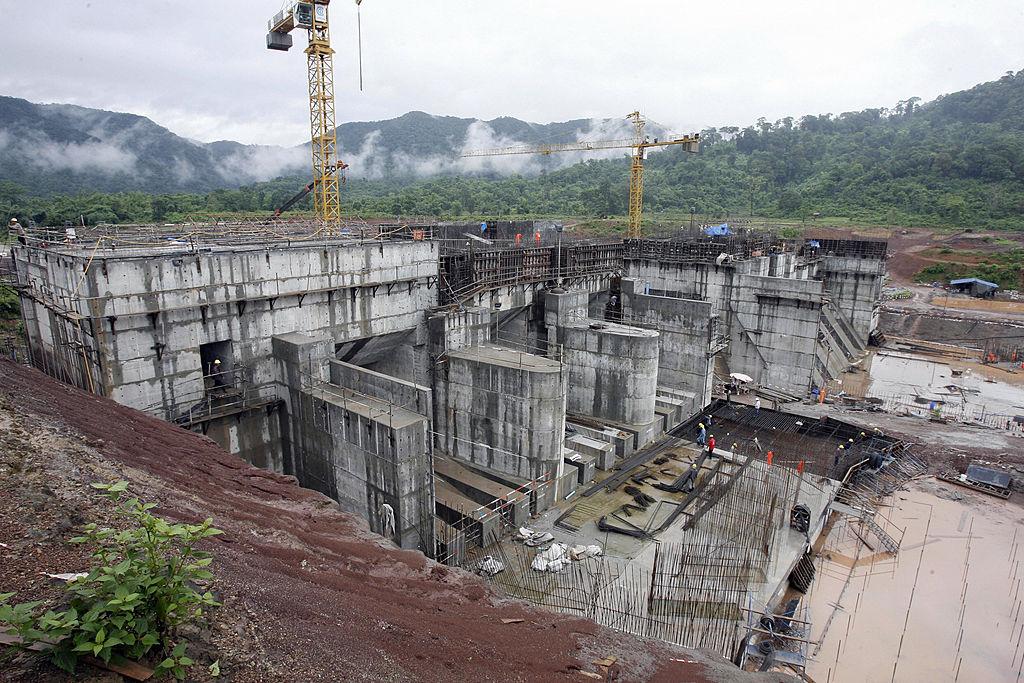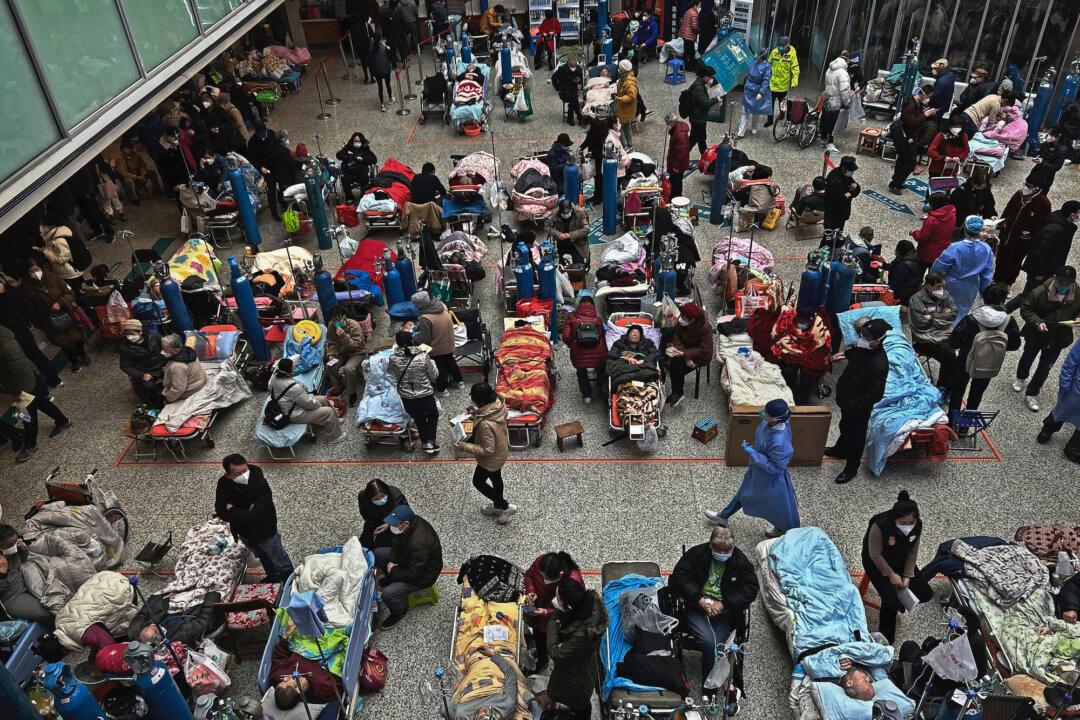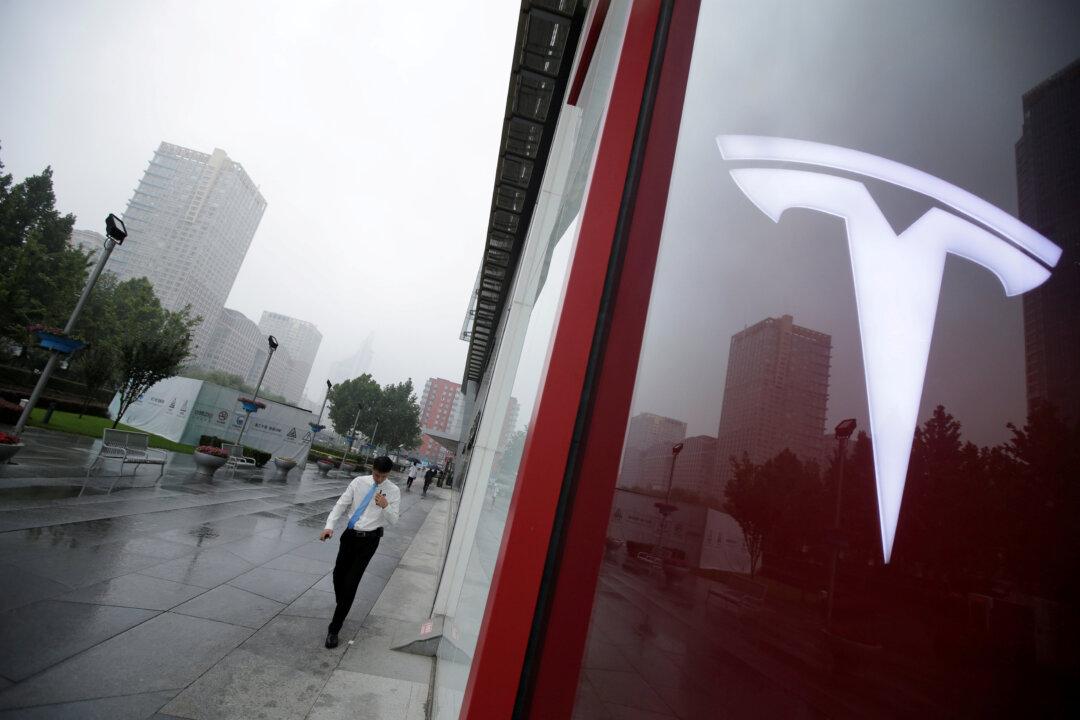Renowned expert hydrologist Wang Weiluo has likened Belt and Road deals between countries along the Mekong River and the Chinese Communist Party (CCP) as Faustian bargains, saying that while they bring investment they are deals with the devil that hurt livelihoods.
Speaking to the Hong Kong Epoch Times, Wang said that the dams on the Mekong River are destroying the ecological environment and directly threatening the development of fisheries and the livelihood of tens of millions of fishermen in the Mekong River basin.




